The Palawan peacock-pheasant is a remarkable avian species with its striking appearance. This bird is easily noticed due to its iridescent blue-green feathers and unique Mohawk. The black underparts and white stripes above and below the eyes add to its overall appeal.

The unique pattern on the tail of the Palawan peacock-pheasant is truly remarkable. It resembles the beautiful tail of a peacock and easily catches the eye of anyone who sees it. However, it’s worth noting that only male birds possess this stunning feature. In contrast, female birds of this species have a less striking appearance, with a dull grey-brown coloration.
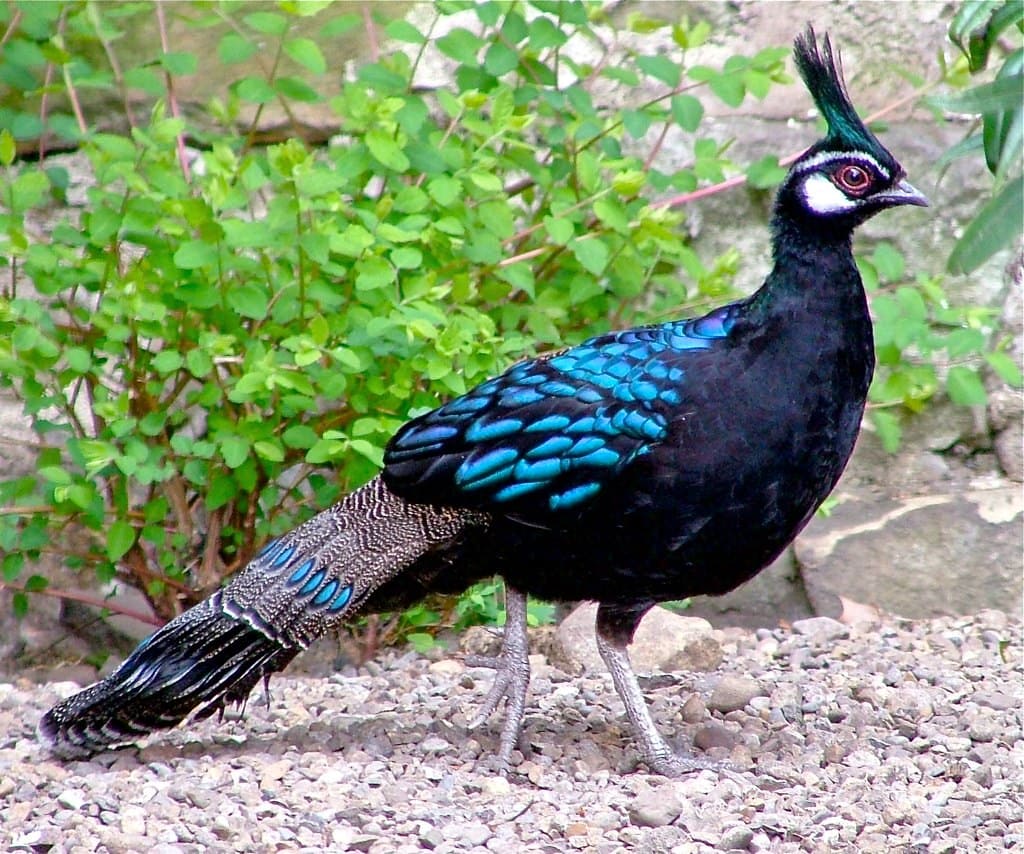
The stunning bird variety is found exclusively on the Palawan island situated in the southern region of the Philippines. They have a habitat on the ground and have a preference for thick foliage.
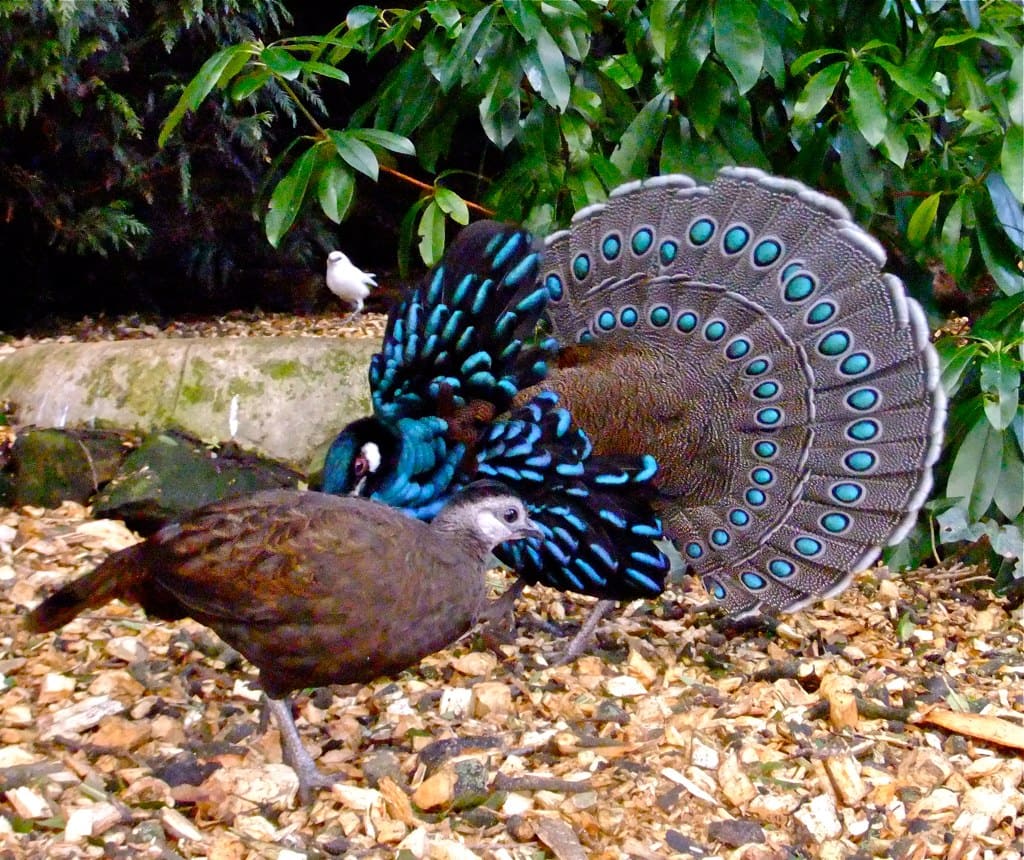
Palawan peacock-pheasants have a diverse diet that includes seeds, berries, nuts, fruits, insects, worms, and slugs.
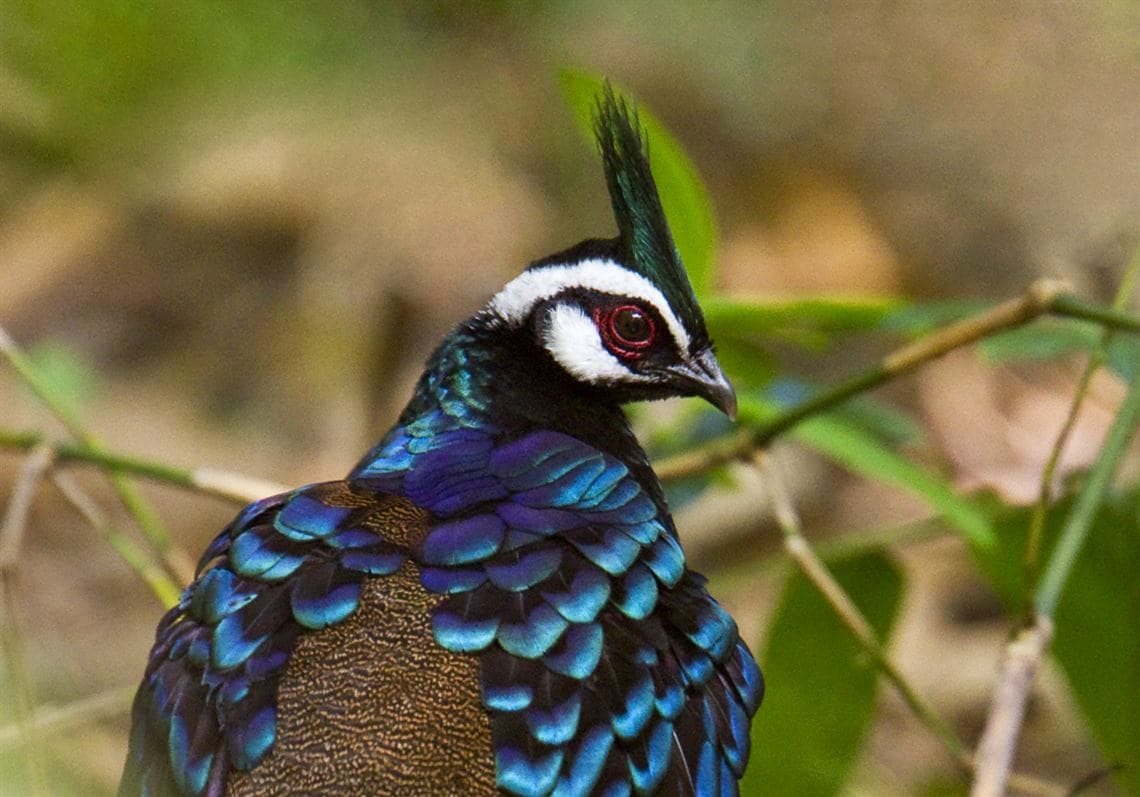
During the breeding season, male birds often present food offerings to their female counterparts. Should the females agree to these tokens of affection, the males will then engage in a display of visual grandeur. This includes spreading their tail feathers and compacting their wings to showcase their magnificent plumage.
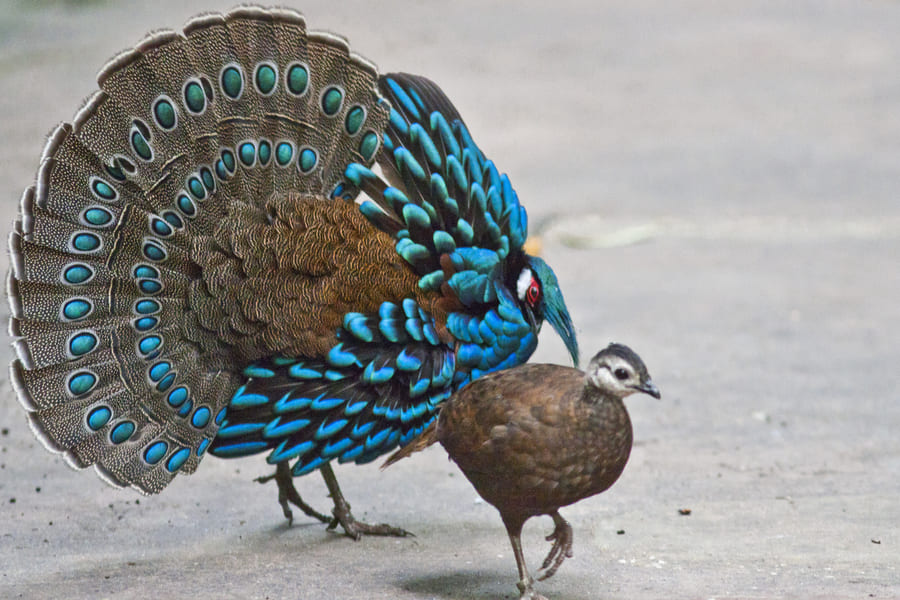
After mating, female birds will lay two eggs on the ground and take care of them for roughly 18-20 days. Once the eggs have hatched, the mother bird will continue to feed and raise her young until they are fully grown.
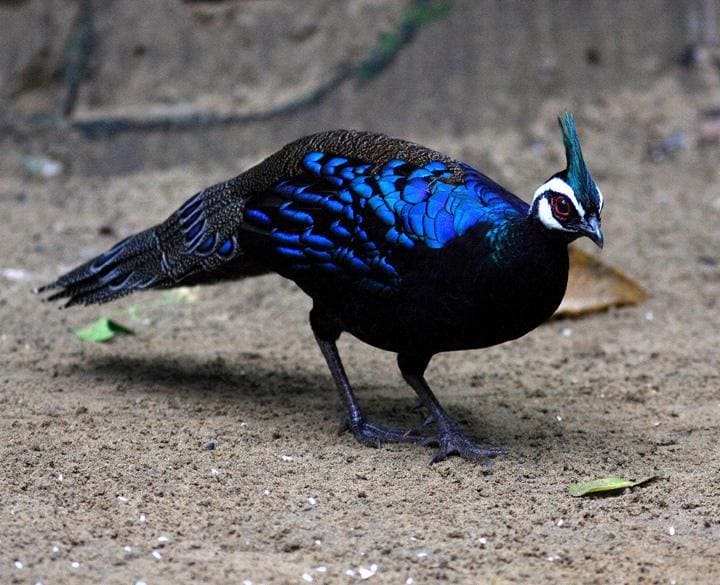
The Palawan peacock-pheasant population has faced a rapid decline due to habitat loss caused by deforestation and over-exploitation. Unfortunately, the bird has also been captured for the pet trade and hunted for its meat, further exacerbating the decline of its population. As a result, the Palawan Islands have been designated as a Biosphere Reserve in order to protect the remaining birds. The species is now considered highly endangered.
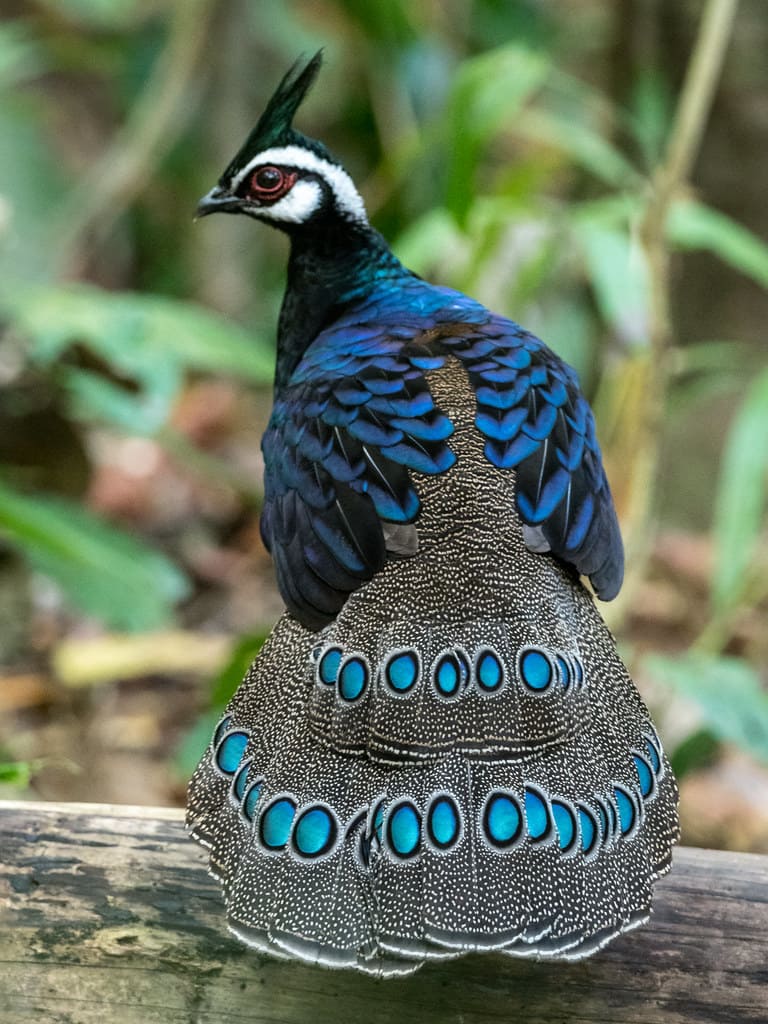
If you have a fondness for this breathtaking bird, why not spread the word and share this post with your loved ones? Mother nature truly never fails to impress us!
